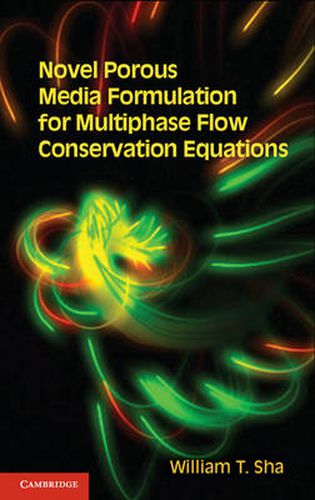Readings Newsletter
Become a Readings Member to make your shopping experience even easier.
Sign in or sign up for free!
You’re not far away from qualifying for FREE standard shipping within Australia
You’ve qualified for FREE standard shipping within Australia
The cart is loading…






William T. Sha first proposed the novel porous media formulation in an article in Nuclear Engineering and Design in 1980. The novel porous media formulation represented a new, flexible and unified approach to solve real-world engineering problems. It uses the concept of volume porosity, directional surface porosities, distributed resistance and distributed heat source and sink. Most practical engineering problems involve many complex shapes and sizes of solid internal structures whose distributed resistance is impossible to quantify accurately. The concept of directional surface porosities eliminates the sole reliance on empirical estimation of the distributed resistance of complex-shaped structures often involved in the analysis. The directional surface porosities thus greatly improve the resolution and modeling accuracy and facilitate mock-ups of numerical simulation models of real engineering systems. Both the continuum and conventional porous media formulations are subsets of the novel porous media formulation.
$9.00 standard shipping within Australia
FREE standard shipping within Australia for orders over $100.00
Express & International shipping calculated at checkout
William T. Sha first proposed the novel porous media formulation in an article in Nuclear Engineering and Design in 1980. The novel porous media formulation represented a new, flexible and unified approach to solve real-world engineering problems. It uses the concept of volume porosity, directional surface porosities, distributed resistance and distributed heat source and sink. Most practical engineering problems involve many complex shapes and sizes of solid internal structures whose distributed resistance is impossible to quantify accurately. The concept of directional surface porosities eliminates the sole reliance on empirical estimation of the distributed resistance of complex-shaped structures often involved in the analysis. The directional surface porosities thus greatly improve the resolution and modeling accuracy and facilitate mock-ups of numerical simulation models of real engineering systems. Both the continuum and conventional porous media formulations are subsets of the novel porous media formulation.